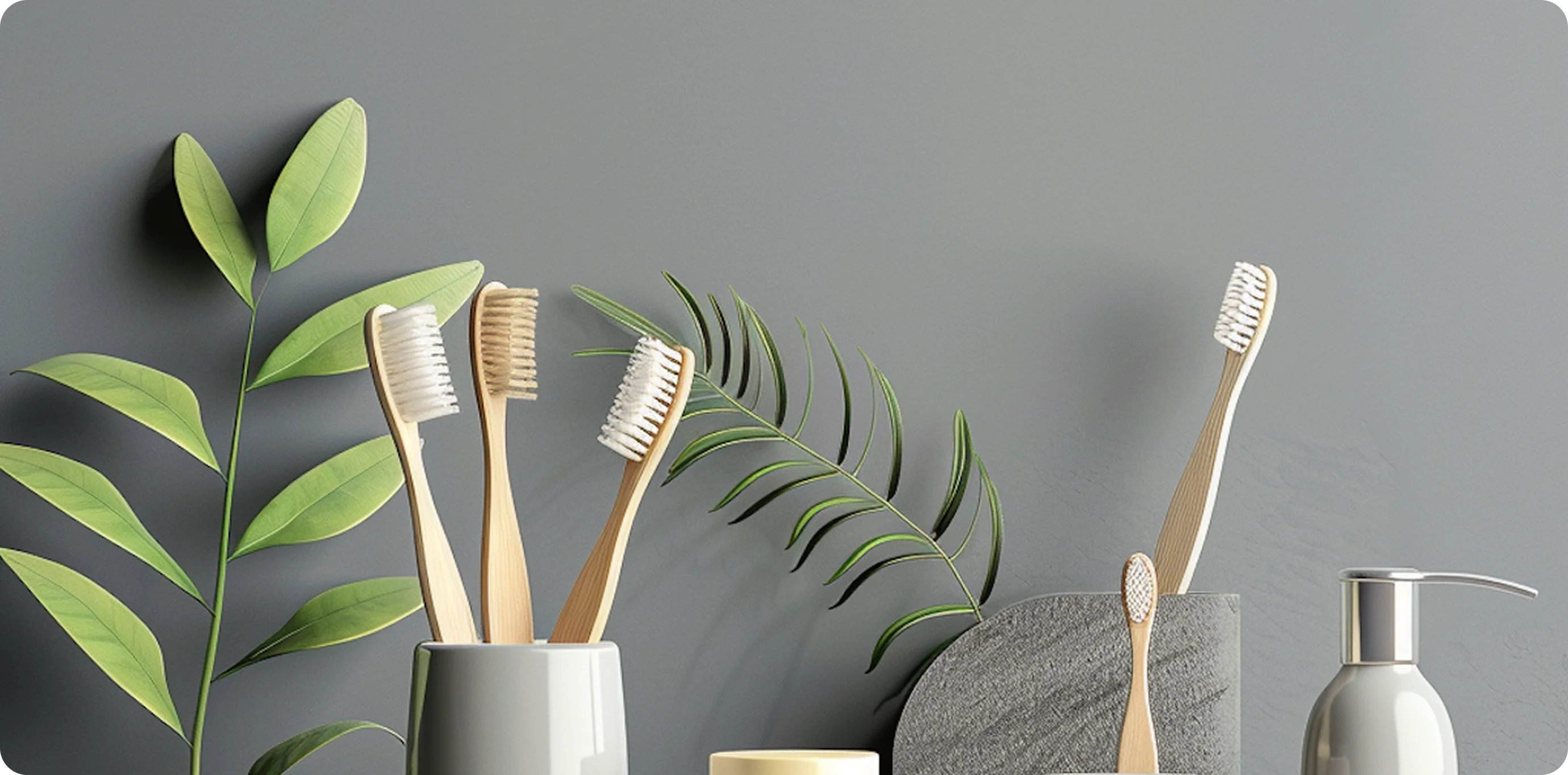We all want a brighter, whiter smile but with so many teeth whitening options out there, it’s hard to know what actually works and what’s just hype. From whitening toothpaste to in-office treatments, this blog breaks down the truth about teeth whitening so you can make the best choice for your smile.
What Causes Teeth to Stain?
Teeth discoloration happens for a variety of reasons. One of the most common causes is what we consume—coffee, tea, red wine, berries, and dark-colored sauces all contribute to surface stains over time. Smoking and tobacco products are another major culprit, leaving behind deep, stubborn stains. Age also plays a role, as the enamel naturally wears down, revealing more of the yellowish dentin underneath. Additionally, certain medications like tetracycline antibiotics can lead to internal stains that are much harder to treat.
Whitening Toothpaste: Helpful or Hype?
Whitening toothpaste is one of the most accessible products on the market. It works by using mild abrasives to scrub away surface stains and sometimes includes chemical agents like hydrogen peroxide. While this can slightly brighten teeth, it doesn't change the actual color of the enamel or remove deep stains.
- How it works: Contains mild abrasives to remove surface stains.
- Effectiveness: Good for minor, surface-level stains. Won’t change natural tooth color.
- Truth: Helpful for maintenance, but don’t expect dramatic results.
- Effectiveness: Moderate. Can visibly whiten teeth in a few weeks.
At-Home Whitening Trays: Dentist-Approved
Custom or semi-custom whitening trays used at home can deliver more powerful results than strips. These kits include a bleaching gel (usually with 10–22% carbamide or hydrogen peroxide) and trays that fit over the teeth. Because the trays help ensure even contact with the teeth, the results are typically more uniform. When used properly over a couple of weeks, they can whiten teeth by several shades
Natural Remedies: Are They Worth It?
You might have heard about natural remedies like baking soda, activated charcoal, or oil pulling. These methods are often praised online, but their results are inconsistent at best. Baking soda can help remove surface stains but is abrasive and may damage enamel over time. Activated charcoal is trendy but lacks strong scientific evidence and can also be abrasive.
What Really Works?
If you're wondering what truly works for teeth whitening, the answer depends on your needs. For mild stains and maintenance, whitening toothpaste or strips can be effective. For noticeable results at home, dentist-approved trays are a solid option. But for the most powerful and immediate change, professional in-office whitening is the gold standard. Always talk to your dentist before starting any whitening treatment so they can recommend the safest and most effective method for your individual case.








